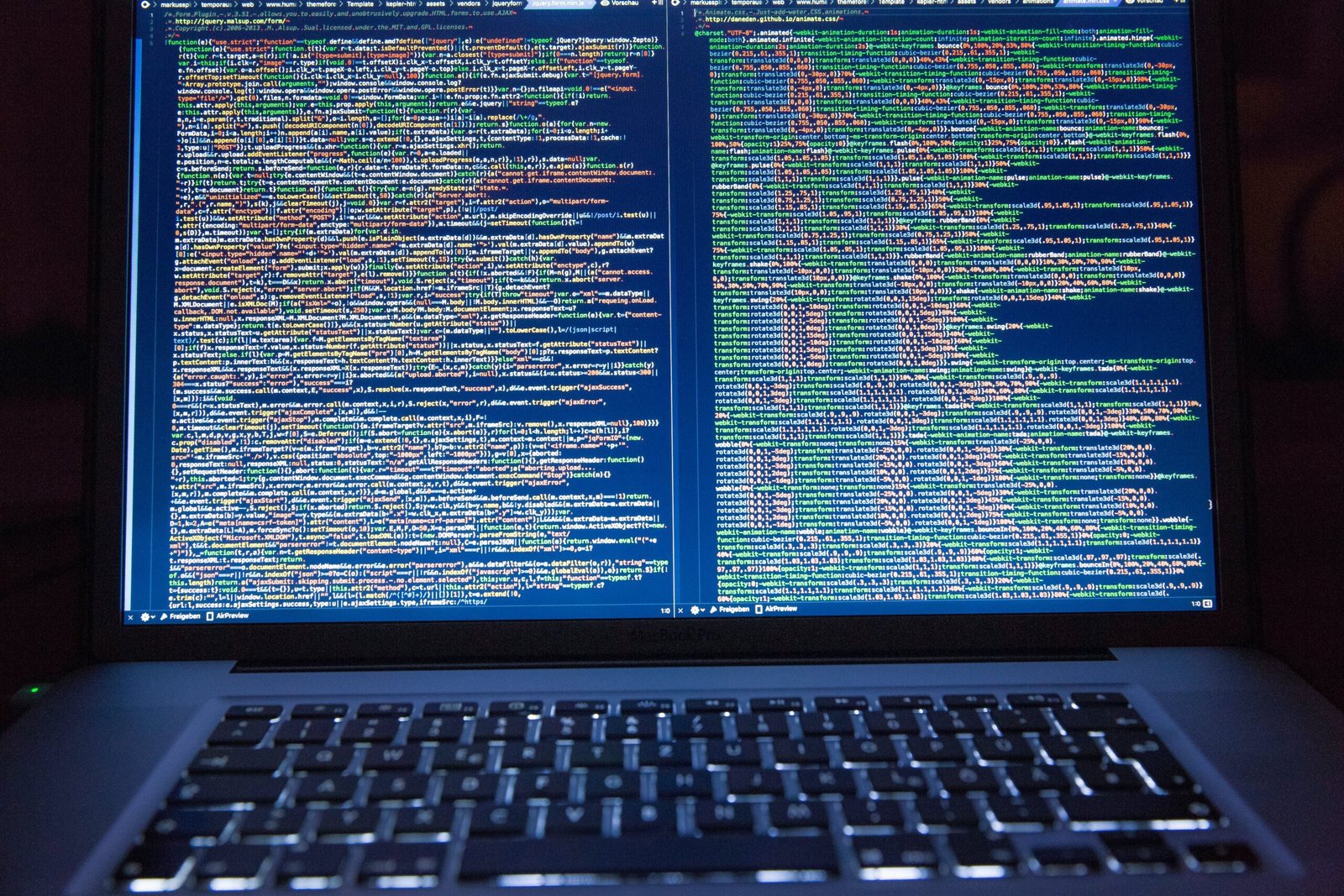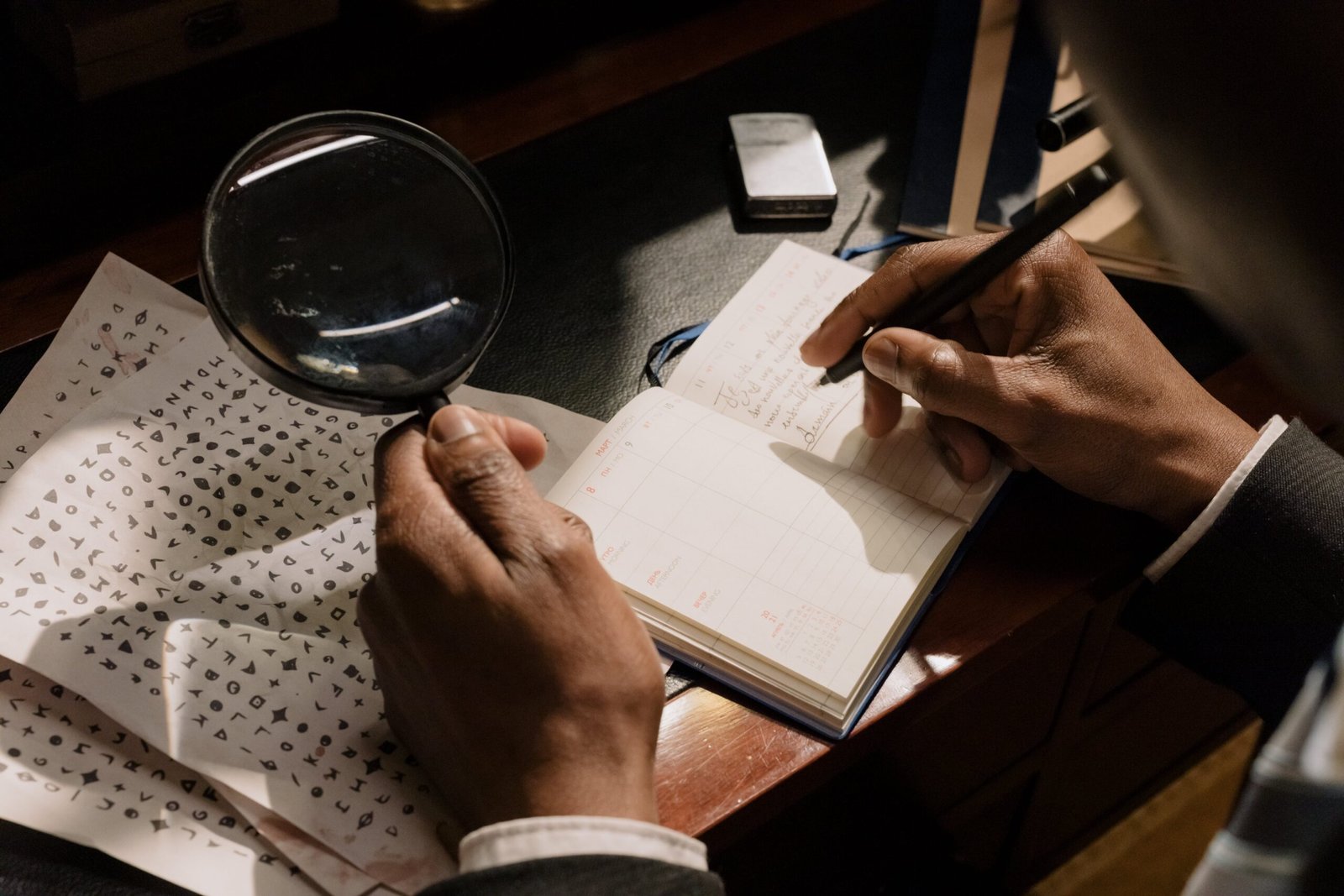What is 1.1111 as a Fraction? Unveiling the Mathematical Mysteries
Decimal numbers often perplex us especially when they repeat like 1.1111. Understanding what this repeating decimal represents in fraction form is a key aspect of mathematical literacy. In this article we will explore the world of decimals the significance of 1.1111 and how to convert it into a fraction.
Introduction
In the mathematical realm decimals hold a unique place. They are not just numbers; they represent a bridge between whole numbers and fractions. Understanding their intricacies is crucial for a solid foundation in mathematics.
-
Brief explanation of the topic
Decimals are a way to express parts of a whole and they often come with repeating patterns. One such intriguing decimal is 1.1111 and in this article we will unravel its fraction counterpart.
-
Importance of understanding fractions
Fractions are not just mathematical entities confined to textbooks; they have realworld applications. From cooking recipes to financial calculations fractions play a vital role in our daily lives. Knowing how to convert decimals to fractions especially repeating decimals like 1.1111 opens up a world of possibilities.
-
Understanding Decimals
Before we delve into the world of 1.1111 let grasp the basics of decimals.
-
Definition of decimals
Decimals are numerical expressions that include a decimal point indicating a part of a whole number. For example 0.5 represents half of something.
-
Relationship between decimals and fractions
Decimals and fractions are closely related. They are two different ways of expressing the same concept—the division of a whole into parts. Converting between them is a valuable skill.
-
Importance of converting decimals to fractions
The ability to convert decimals to fractions expands our numerical toolkit. It allows us to represent numbers in different ways providing flexibility in mathematical calculations.
Decimal to Fraction Conversion
Now let demystify the process of converting decimals to fractions.
-
Basics of converting decimals to fractions
To convert a decimal to a fraction we need to understand the place value of each digit after the decimal point.
- Stepbystep process
- Identify the place value of the last digit.
- Write the decimal as a fraction with the identified place value as the denominator.
- Simplify the fraction if possible.
- Examples to illustrate the conversion
Let apply these steps to the decimal 1.1111.
- What is 1.1111 as a Decimal?
- Explanation of the decimal value
The decimal 1.1111 is a repeating decimal indicating that the digit “1” repeats indefinitely. This recurring pattern poses a challenge when expressing it as a fraction.
-
Significance of recurring decimals
Recurring decimals like 1.1111 have unique properties. They require a specific approach for conversion distinguishing them from nonrepeating decimals.
-
The challenge of expressing repeating decimals as fractions
Converting repeating decimals involves understanding how the repeating pattern relates to the fraction numerator and denominator. Let explore the steps to convert 1.1111 into a fraction.
- Converting 1.1111 to a Fraction
- Detailed process of converting 1.1111 to a fraction
- Let x = 1.1111.
- Multiply x by a power of 10 to eliminate the repeating part. For 1.1111 multiply by 10 to get 11.1111.
- Subtract the original x from the new value: 11.1111 1111 = 10.
- Set up an equation to express the repeating decimal as a fraction: 10x = 11111.1111.
- Subtract the original equation from the new one: 10x x = 11111.1111 1111.
- Simplify the equation and solve for x.
- Mathematical principles involved
The process involves algebraic manipulation and careful consideration of place values. Understanding the principles behind the steps is crucial for a deeper comprehension of fraction conversion.
-
Realworld applications of converting recurring decimals to fractions
While the process may seem abstract its applications are tangible. From financial calculations to measurements converting recurring decimals to fractions is a skill with realworld relevance.
- Fraction Simplification
- Importance of simplifying fractions
Simplifying fractions enhances clarity and makes mathematical expressions more manageable.
- Steps to simplify fractions
- Identify common factors in the numerator and denominator.
- Divide both the numerator and denominator by their greatest common factor.
- Ensure the fraction is in its simplest form.
- Examples for clarity
Let simplify the fraction derived from 1.1111 to illustrate the importance of this step.
Common Fraction Formats
Fractions come in various formats including mixed numbers and improper fractions.
-
Mixed numbers and improper fractions
Understanding the distinction between mixed numbers e.g. 1 1/2 and improper fractions e.g. 3/2 is essential for effective communication of numerical values.
-
Choosing the appropriate format
The context often determines whether a mixed number or an improper fraction is more suitable. Reallife examples will illuminate this choice.
-
Reallife examples to explain the concept
Consider a recipe that calls for 1.1111 cups of an ingredient. Converting this to a mixed number or an improper fraction depends on the practicality of the measurement.
Practical Applications
Understanding fractions including the conversion of decimals like 1.1111 has practical implications.
-
Instances where understanding fractions is crucial
From construction projects to baking there are numerous scenarios where fractions are the preferred way to express quantities accurately.
-
How fraction knowledge applies in daily life
Being proficient in fractions simplifies everyday tasks such as adjusting recipes dividing resources or measuring spaces.
-
Benefits of being proficient in fraction conversions
The ability to convert decimals to fractions expands problemsolving capabilities and fosters a deeper understanding of mathematical concepts.
- Tips for Fraction Conversion
- Handy tricks for quick conversion
Explore shortcuts and tips to streamline the conversion process making it more accessible and less intimidating.
-
Common mistakes to avoid
Identify pitfalls in fraction conversion and learn how to steer clear of them for accurate results.
-
Resources for further learning
Discover additional materials online courses and resources to continue honing your fraction conversion skills.
-
Engaging with Fractions
Learning about fractions can be enjoyable and interactive.
-
Fun and interactive ways to learn about fractions
Games puzzles and handson activities make fraction learning an engaging experience for all ages.
-
Games and activities for practical understanding
Explore games and activities that make fractions a dynamic and accessible concept turning learning into a joyful experience.
-
The joy of mastering fractions
Celebrate the milestones in your fractionlearning journey and embrace the joy of mastering this essential mathematical skill.
-
Common Challenges in Fraction Understanding
Despite the importance of fractions challenges can arise.
-
Addressing misconceptions
Common misconceptions about fractions can hinder learning. Addressing and correcting these misconceptions is crucial for progress.
-
Overcoming difficulties in fraction comprehension
Some students may find fractions challenging. Strategies for overcoming difficulties and building confidence in fraction understanding will be explored.
-
Seeking additional help when needed
Recognizing when additional assistance is required and knowing where to find it is a key aspect of successful fraction learning.
Importance in Academic and Professional Settings
Fractions extend beyond the classroom impacting various academic and professional fields.
-
How fractions play a role in various subjects
From science to economics fractions are fundamental to understanding and solving complex problems.
-
Professional fields where fraction knowledge is crucial
Explore professions where a strong grasp of fractions is not just an asset but a necessity.
-
Academic success through fraction proficiency
Achieving academic success is closely linked to a solid understanding of fractions. Tips for excelling in academic pursuits through fraction proficiency will be shared.
Reallife Examples
Let explore reallife stories where fraction knowledge made a significant impact.
-
Stories of individuals benefiting from fraction knowledge
Hear firsthand accounts of individuals who credit their success to a strong foundation in fractions.
-
Success stories in academic and professional contexts
Discover inspiring success stories where fraction proficiency opened doors to academic achievements and professional opportunities.
-
Inspiring others to embrace fraction understanding
Become an advocate for fraction literacy inspiring others to embark on their journey of understanding and mastering fractions.
Final Word
-
Recap of key points
In this comprehensive exploration we’ve covered the basics of decimals the challenge of converting repeating decimals like 1.1111 to fractions the importance of simplifying fractions and practical applications of fraction knowledge.
-
Encouragement to delve into fraction learning
Understanding fractions is a journey worth taking. It not just about numbers; it about enhancing problemsolving skills and embracing the joy of mathematical discovery.
-
Final thoughts on the topic
Fraction conversion especially when dealing with repeating decimals is a valuable skill with farreaching applications. As you embark on your fractionlearning journey remember that each step brings you closer to mathematical proficiency.
FAQs
-
How do I convert a repeating decimal to a fraction?
Converting repeating decimals involves a systematic approach. Identify the repeating pattern set up equations and solve for the unknown. Practice is key to mastery.
-
Why is it important to simplify fractions?
Simplifying fractions enhances clarity in mathematical expressions and makes calculations more straightforward. It a crucial step in presenting information concisely.
-
Can fractions be fun to learn?
Absolutely! Engage with fractions through games interactive activities and reallife applications to make learning enjoyable and memorable.
-
Where can I find additional resources for fraction conversion?
Explore online courses textbooks and educational websites for indepth resources on fraction conversion. Practice problems and tutorials are valuable tools.
-
What professions require a strong understanding of fractions?
Professions in science engineering finance and culinary arts often require a strong understanding of fractions for accurate measurements calculations and problemsolving.

Source of Image: https://www.pexels.com/photo/school-bench-with-textbooks-in-classroom-5905448/






